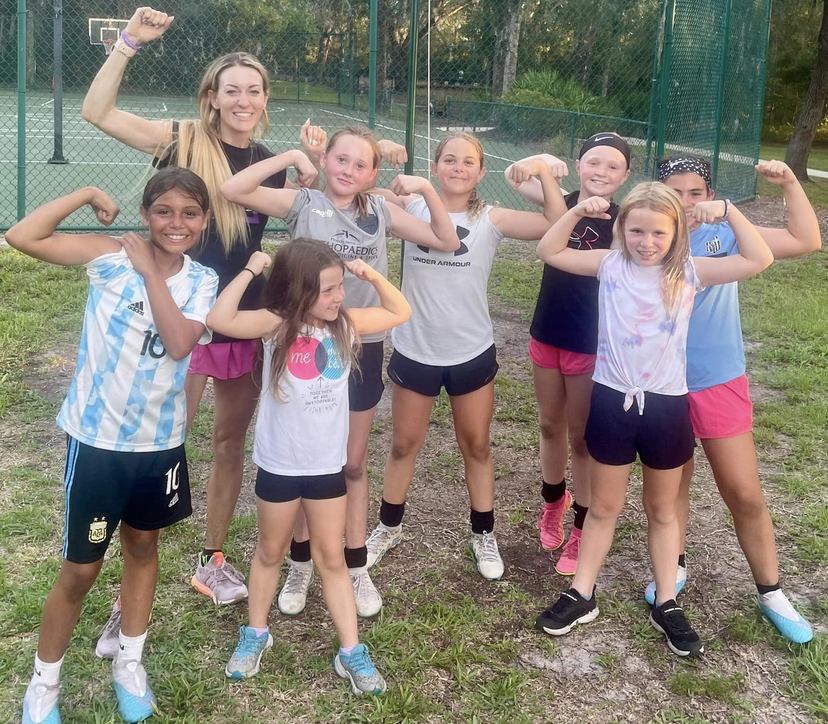
13 Oct Growing Pains to Growing GAINS: Empowering Your Female Athlete Through Her Growth Spurt
This post was originally published by Erica on Girls Soccer Network.
We here it all the time.
“It’s just growing pains.”
When a female athlete is going through her growth spurt and experiencing a myriad of physical, emotional, and hormonal changes, we chalk it up to “well…it’s just growing pains.”
So the female athlete continues to suffer, whether this is from a nagging growth spurt injury, the disorienting feeling in her body, or her roaring hormonal storm.
A girl endures a year of knee pain during her growth spurt? It’s growing pains, they say.
A girl slows down in speed? It’s growing pains, they say.
A girl has debilitating menstrual cycle symptoms? It’s growing pains, they say.
A girl has pre-teen/teen mood swings? It’s growing pains, they say.
And every problem a girl experiences during growth is always chalked up to growing pains, with no real solution.
A New Way
What if I told you there was another way to navigate the growth spurt?
What if I told you puberty doesn’t have to be so wild?
What if I told you your girl’s growing pains can be turned into growing GAINS?
I know it’s unlike anything you’ve heard in the mainstream, but I invite you to learn how to empower, rather than dis-empower, your female athlete during this time.
Growing Pains —> Growing Gains
Let’s get the pains out of the way first, so you understand what a female athlete can potentially go through during her growth spurt.
The growing pains can be broken down into three main areas: physical, emotional, and hormonal.
For the physical pains, since there is an increase limb length, with the bones growing faster than the tendons, girls are at an increased risk for heel pain (Severs) and knee pain (Osgood-Schlatter).
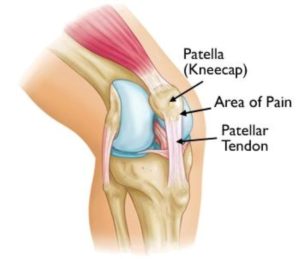
Additionally, bone mineral density is not filled in yet, which can cause an increased risk for stress fractures.
Around 6 months after the initial growth spurt in height, comes the growth spurt in weight. Increases in fat mass can cause a decline in coordination, rhythm, and speed. The most fat mass is gained in the chest (breast development) and hip areas. For some, this rapid increase in weight in fat mass can cause decreased speed and change of direction ability.
For the emotional pains, there can be an increase in stress and pressure. Certainly, the middle school years present new challenges of increasing academic load, navigating new friend groups, and facing comparison with other girls. And when we add all of this on top of the jarring physical changes, the female athlete can feel defeated.
And for the last growing pain, enter the hormonal changes. Girls get their first period (menarche), on average, around age 12.5, and this is one of the most distinct times in a female athlete’s life. The annoyance and inconvenience of a bleed is one thing, but adding on potential PMS symptoms, like fatigue, headache, mood swings, cramps, and digestive issues, are also difficult to endure.
There is no definitive research on the menstrual effects on injury risk, but if girls are experiencing these negative symptoms, it can decrease their performance on the field dramatically.
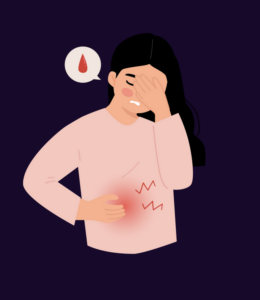
Growing Gains!
It’s time to empower our girls now.
All of these growing pains can be turned into growing gains so the growth spurt isn’t as terrible.
Rather, it can become a time that is exciting for the female athlete, and we can put her back in her power to reduce injury, perform better, and feel amazing.
I put together a Gains Recipe that all girls must follow during their growth spurts:

This recipe is made up of four key ingredients: proper training, nutrition, recovery, and patience.
1. Proper Training
This ingredient is critical for helping with the physical growing pains, such as decreased coordination, speed, and change of direction ability.
These pains can be offset if a girl is given the proper training. During this time, female athletes must focus on a broad range of athletic skills, such as balance, stability, coordination, and spatial awareness. There is no need to rush them into advanced weight training yet, as their growth plates are still open and this can actually cause more harm than good.
Always start with body weight resistance first, as well as exposure to a multitude of activities – jump rope, handball, dodgeball, tag, climbing ropes, crawling, rock climbing, racing, galloping, skipping, hop skotching, etc. Make sure all of these activities are FUN, otherwise girls this young can be given too much pressure that they end up hating exercise when they’re older. They have their entire sports careers to do more serious, advanced training.
Body weight strength movements to master are: squats, lunges, push ups, pull ups, crab walks, bear crawls, and deadlifts. Girls must work with a performance coach qualified in YOUTH DEVELOPMENT so they are in good hands in terms of progressing with dumbbells and barbells.
Remember, more muscle mass doesn’t kick in until after age 14 when she has reached her adult stature, so loading with super heavy weights doesn’t serve any big benefit until then.
One more thing: proper training can also have a positive impact on a girl’s emotional pains during this time because when she regains balance, stability, and control of her body, she also regains confidence.
Proper training can have a positive impact on a girl's emotional pains during the growth spurt because when she regains balance, stability, and control of her body, she also regains confidence. Share on X2. Nutrition
Nutrition helps with all of the growing pains – physical, emotional, and hormonal. The nutrition piece is so incredibly important it’s going to be hard for me to avoid a dissertation here. ;-O
Let me put it simply. Proper nutrition does these things:
– Provides vitamins and minerals for bone and muscle growth, as well as endurance, power and speed outputs, and recovery (Vitamin D3 and K2 are critical for bones, protein is for muscle growth and recovery, protein and nature’s carbs for power and speed outputs, iron and B vitamins for endurance and energy)
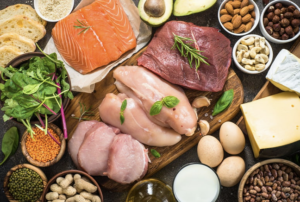
– Provides nutrients for hormonal development and menstrual health (Omega 3 fatty acids such as salmon, beef, avocado, olive oils, and butter are critical for hormones since hormones are made up of cholesterol, reducing ultra processed sugar and excessive caffeine intake calms negative PMS symptoms and mitigates gut distress).
– Improves mental health (ensuring girls get Omega 3 fatty acids since they make up the brain and promote myelin sheath development of neurotransmitters, ensuring girls get protein since it helps with mood, reducing ultra processed sugars to regulate blood sugar balance for improved PMS symptoms)
As Hippocrates said, “let thy food be thy medicine.”
3. Recovery
Recovery is crucial for reducing the chance of growth spurt injuries. If a female athlete is playing a single sport year-round with no periods away to take off and try other things, don’t be surprised if she suffers with common growth related injury like Severs and Osgood-Schlatter.
If a female athlete is playing a single sport year-round with no periods away to take off and try other things, don't be surprised if she suffers with common growth related injury like Severs and Osgood-Schlatter. Share on XWhen the same muscles, tendons, and ligaments undergo year-round stress from the same sport, a breakdown will eventually occur because there was no time for them to recover and repair.
My advice for proper recovery includes:
– Having at least 2 FULL days off primary sport and organized trainings a week (this means no added skills training, practices, and games). Most of my middle school girls have off on Wed/Fri/Sun, Fri/Sun, or Fri/Mon. Even when they ask me to train extra, I ask ‘will you still have your TWO FULL DAYS OFF?’
Most of my middle school girls have off on Wed/Fri/Sun, Fri/Sun, or Fri/Mon.
Even when they ask me to train extra, I ask 'will you still have your TWO FULL DAYS OFF?' Share on X
– Having an off season where single sport load is cut back (no games, no tournaments, just some free play, skill work in the backyard, and pick up gams)
– Exploring other activities during this off season that work new muscle groups that the girl’s primary sport isn’t covering (example: for a girl soccer player, maybe going for bike rides, swimming, or playing recreational volleyball)!
We have to remember that the biggest gains happen during recovery.
We have to remember that the biggest gains happen during recovery. Share on XIf a girl is constantly on her grind with no days off, then I question, is she really on her grind? The true grind means actually getting benefit from your training sessions.
If a girl is constantly on her grind with no days off, then I question, is she really on her grind? The true grind means actually getting benefit from your training sessions. Share on XIt’s impossible to get the adaptations we want in terms of speed, agility, and strength if a girl is not taking off and is always sore and tired. It’s also impossible to stay healthy and reduce injury.

4. Patience
Parents: I know it can be hard to see your girl athlete going through her growth spurt and not being the player she once was. Maybe she’s slowed down. Maybe she’s become awkward. Maybe she’s tripping over the ball more often.
But we have to remember that words matter during this time. We must not berate, but rather, encourage her with the GAINS above because they are more in her control!
We also have to remember to meet girls where they are in their journey during their growth spurts.
We also have to remember to meet girls where they are in their journey during their growth spurts. Share on XSome girls will be early maturers, who blow by others with their stride length and speed, and who knock girls over with their strength. Other girls will be late developers, who are shorter, but can be more agile and more skilled!
Wherever your girl is in her journey, lean into her strengths. Have her compare herself to who she was yesterday, and not who someone else is today. <— credit to Dr. Jordan Peterson for this quote.
And most importantly, be patient.
Provide her with the GAINS ingredients to empower her through this time, and let nature do its job.
As Chinese philosopher Lao Tzu said, “nature doesn’t hurry, yet everything is accomplished.”
ABOUT THE AUTHOR
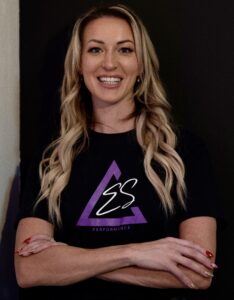
Erica Mulholland is a former college 3x All-American soccer player and now Hall of Famer from Johns Hopkins University. She holds a Master of Science in Exercise Science and has been helping female athletes of all sports with speed, agility, strength, power, and conditioning for over 13 years. She has worked with soccer, lacrosse, track, volleyball, softball, and basketball girls, and has inspired her athletes to strength train not just for sport, but for life.
DO SPEED TRAINING WITH ERICA IN TAMPA LUTZ FLORIDA, BOOK HERE
Need more personalized help from Erica? BOOK A CONSULT HERE
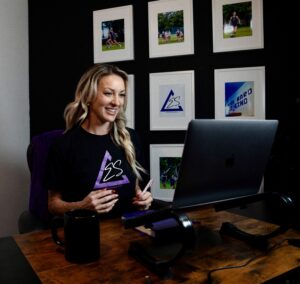
Interested in Remote Training for Female Athletes? BOOK A CONSULT HERE
Get Erica’s second book FEMALE ATHLETE HIGH PERFORMANCE
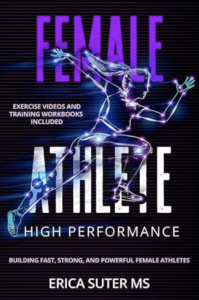
Check out her podcast: The Strong Female Athlete


No Comments